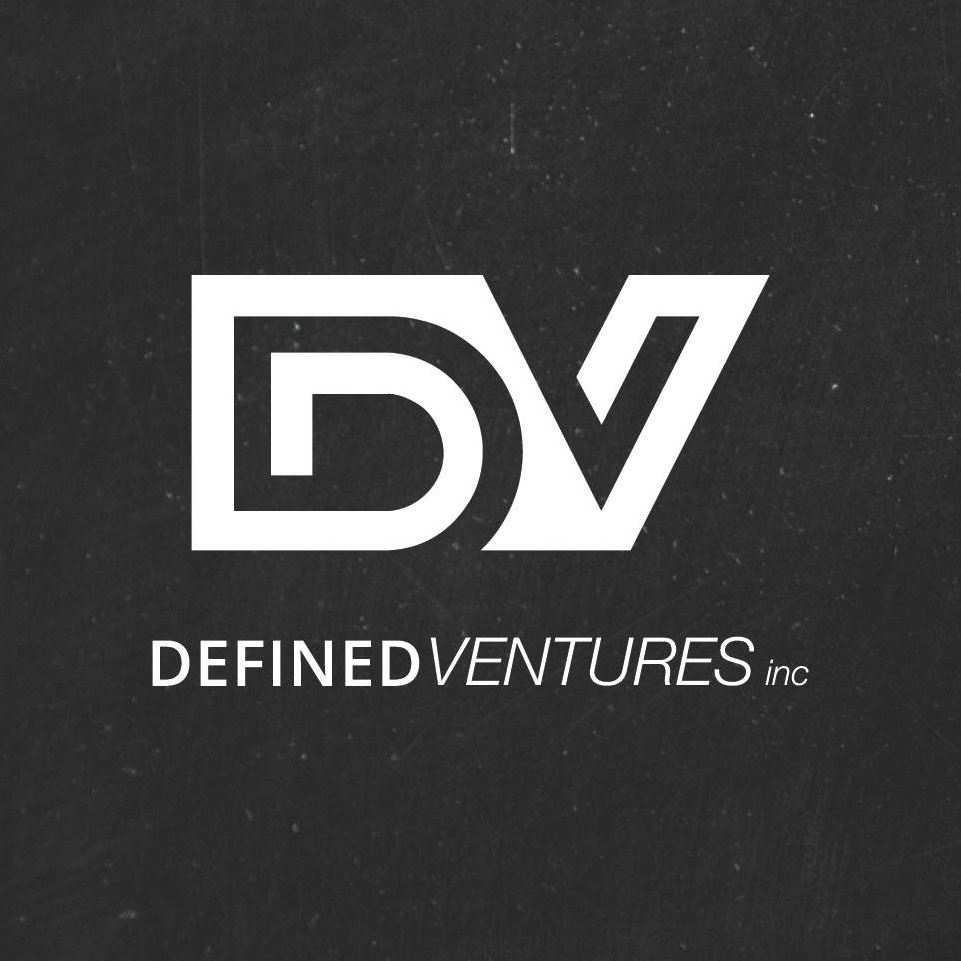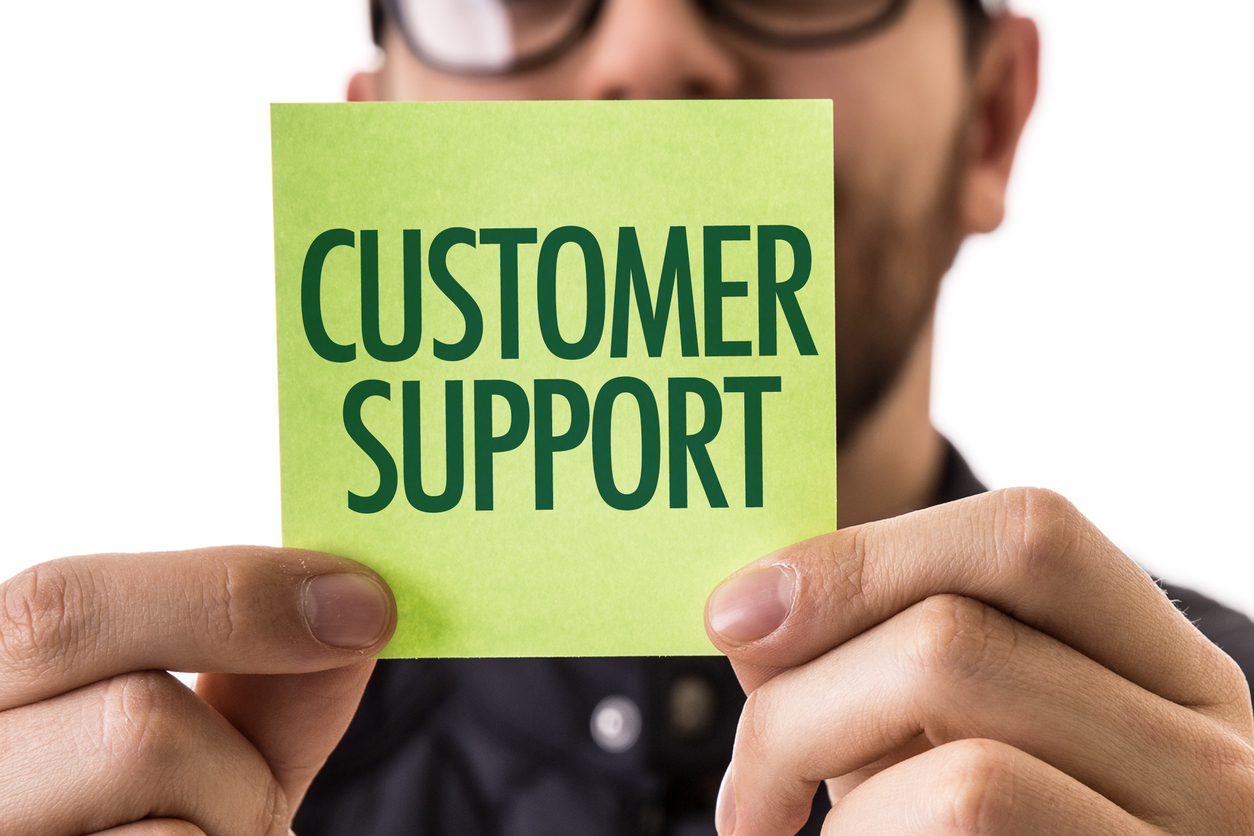It used to be that all you required for excellent customer relationship management (CRM) was friendly, personable staff and great service. Business owners affectionately refer to this as “the Golden Years,” often in relation to the ‘50s, ‘60s, and ‘70s. This was simultaneously the “Golden Age of Capitalism,” a post-war time when business was booming and there were more products on the market than ever before. Available products were simple, people had simple needs, and resolving conflicts often amounted to little more than an apology, a refund, and maybe a free replacement. The same concept held true for the ‘60s, ‘70s, and ‘80s.
Then came The Digital Revolution, computers, the internet, and an entire generation of demanding new consumers. Suddenly, managing customer relationships and making sales became intensely complicated. Those who took advantage early benefitted greatly; those who didn’t fell behind.
CRM Software Designers to the Rescue (Temporarily)
By around 2005, software companies were taking problems with relationship management to task. They created simplified platforms allowing businesses to manage every step of the process from first meeting right to the end of the customer life cycle. These CRM software platforms became a must-have in the marketing and sales world. Each year, they evolved and expanded to fit the needs of a changing market.
But much like anything else that expands rapidly online, CRM quickly became bulky, unwieldy, expensive, and just generally difficult to use.
By around 2011, we saw a trend where CRM popularity began to drop. Companies stuffed so many features in and made pricing so exorbitant that it no longer made sense to use the software. Cheaply-produced “freemium CRM” options flooded the market and produced unreliable results, weakening CRM software’s reputation. Although open-source software existed, it, too, was largely unreliable and in some cases, unsecured.
Social Media Influences
The rising popularity of social media further complicated the issue of big, bulky, expensive CRM solutions. Businesses now had to manage relationships not only in person, but on sites like Facebook, Twitter, Google +, Instagram, and a growing list of other platforms.
Although many CRM providers attempted to keep up by integrating social media into their platforms, solutions were lackluster and often failed on concepts like scalability and accessibility. Installing and managing the software became almost a job all on its own, as businesses and workers had to hop between windows and information rarely ported over for wide accessibility.
CRM designers began throwing out more and more expensive add-ons in an attempt to fix what was missing. Rushed add-ons led to glitchy, unreliable platforms, data loss, and frustrations. Many businesses moved to drop CRM altogether for simpler solutions.
Stagnation Breeds Innovation
For several years, everything mostly remained stagnant; programs existed, some businesses used them, others didn’t. Then, we saw flickers of hope: evidence that CRM software designers really were starting to “get it.” The last two years have been kind to CRM platforms; they’re gaining popularity once again.
Today, we’ll talk about how modern CRM is changing to adapt to new business needs, what’s causing such a steep resurgence in use, and why it’s time for you to reevaluate CRM for your business once again.
CRM at Its Finest
Making sound business investments is a must, even when it comes to the tools you use to get the job done. Overly expensive, unnecessary tools can drag your business down financially, and that can lead to a sort of trickle-down effect where you buy more software to fix more problems. Eventually, you’re using Software X to fix a missing feature in Software Z, which you originally purchased because Software A introduced glitches that impacted Software B — it’s like a giant knot of confusion.
CRM software was once bulky, bloated, and overloaded with unnecessary features. Businesses had very little choice in what features they purchased. Companies sold CRM platforms as a package deal, and essentially, it was a “like it or lump it” deal.
Today, most CRM platforms are much more nimble. Modular design ensures that you can buy the platform as-needed, rather than as a package bloated with features you don’t need. The result is better-targeted solutions that produce less wasted capital on tech, and that means less pressure on your budget – even if you need customized CRM solutions.
Improved Scalability & Evolution
There’s an additional benefit to modular design: it’s easier to “add on” and evolve. That means when businesses expand, they can often scale their CRM to grow with them rather than purchasing a whole new platform.
CRM’s evolution into service-based architecture also plays a role, too. Whereas businesses once had to install and/or access their CRM software on a computer or internal server somewhere, new versions don’t struggle with that limitation. You can access newer subscription-based CRMs from almost anywhere with internet from just a single login. In the rapidly-growing gig economy, that’s an absolute must because workers can log in from at home, a smart phone, the office, or just about anywhere else they need to be.
Critical Insight From Social Integrations
Whereas CRM social media integrations once focused on plainly providing access to the platforms from a single platform (HootSuite is an excellent example), this is no longer enough. Businesses who leverage social media must utilize the data these platforms produce to find better and more competitive ways to manage the customer relationship.
A recent study from IBM identified that 68 percent of all businesses interviewed felt unprepared for the impact social media now has on relationship management. But nearly 82 percent announced they had a plan to increase social media presence or use to improve sales. That gap is exactly what next-generation CRM platforms provide.
Rather than providing simple integrated access, new CRM platforms measure, analyze, monitor, and visually present data gathered from multiple social media platforms. At a glance, you can identify what’s working, what isn’t working, what needs immediate attention, what’s innocuous, what you’re getting right, and how you can improve.
Advanced Algorithms & Integrations
Just how sophisticated is modern CRM? Most advanced platforms have point-to-point access to nearly every integrated communication channel across multiple devices. Through AI and predictive analysis, CRM software searches through social media conversations from any integrated platform to find positive and negative patterns, determining who’s angry, who wants to buy, and who wants to cancel. Then, the software analyzes unstructured data from business-oriented sources to come up with a “whole picture” analysis.
Meanwhile, the company’s call center has pop-up access to social media posts (but doesn’t have direct response access). Agents can reference them while assisting the customer upon call-in to ensure issues get resolved. Particularly nimble iterations sort through social media conversations and “queue them up” for the right department (e.g., sales or retention), allowing for faster responses and less waiting time.
Nearly every business department — billing, shipping fulfillment, basic customer service, the regional manager’s office, the headquarters — can access and use the CRM. Fewer issues fall through the cracks, more customers report improved service and overall customer experience, and you enjoy an improved customer relationship as a whole.
What This Means for Your Business
An ancient inventor once said, “Necessity is the mother of invention.” He (or she?) was correct; when intense needs exist, there’s almost always someone waiting in the wings to create a solution. That’s what we see with the current resurgence of popularity in CRM software solutions.
Whether you think you can’t justify it in the budget or you tossed out the idea of using CRM software in the past, now really is the time to reevaluate.
Start by changing how you define and work towards improved customer relationship management as a whole. Embrace new technologies, get involved in social media, and grow your business. Make digital CRM a must, and you’ll gain access to incredible benefits other businesses don’t necessarily have.
Tech isn’t cost-prohibitive or bulky anymore, and it isn’t expensive to purchase. Moreover, newer iterations aren’t just about making life easier for businesses; they provide information and add value in ways you really can’t access or see anywhere else. Without that vital predictive analysis, you’re getting left behind.
President and founder of DVI, Aaron Boerger realized early in life that he had a unique combination of x-ray vision and business acumen for seeing the weaknesses that held businesses back – and the ability to define the right tools, technology and strategy to make them stronger.
From founding a successful technology support business in his early teens, to serving as Chief Operating Officer for several companies in the financial, technology and marketing industries, Aaron has developed a reputation for reinventing technology implementation tactics – and the willingness to tell people not what they want to hear, but what they need to hear, in order to achieve success without overwhelm.
Aaron will always go the extra mile to provide the accountability and support his clients need to achieve their goals, yet isn’t afraid to tell them when they are doing something wrong.

